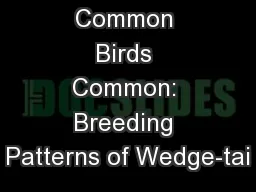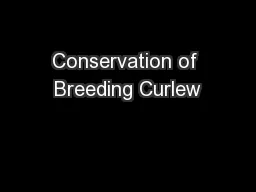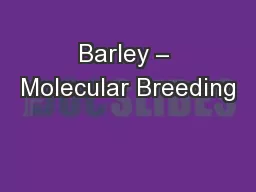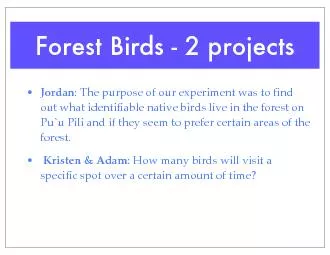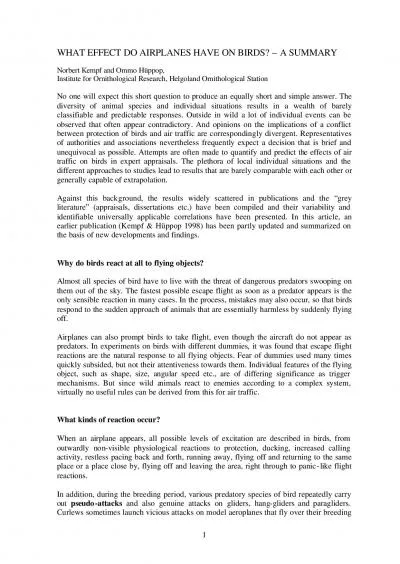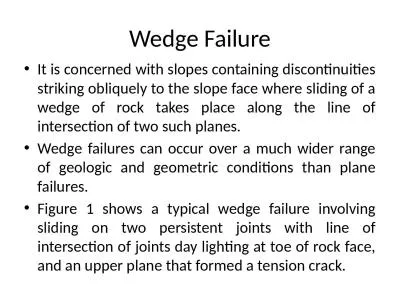PPT-Keeping Common Birds Common: Breeding Patterns of Wedge-tai
Author : mitsue-stanley | Published Date : 2015-10-31
Shearwaters at Freeman Seabird Preserve Oahu Harrison Pravder Hokulea Program Washington University in St Louis INTRODUCTION Conservation Climate A staggering 340
Presentation Embed Code
Download Presentation
Download Presentation The PPT/PDF document "Keeping Common Birds Common: Breeding Pa..." is the property of its rightful owner. Permission is granted to download and print the materials on this website for personal, non-commercial use only, and to display it on your personal computer provided you do not modify the materials and that you retain all copyright notices contained in the materials. By downloading content from our website, you accept the terms of this agreement.
Keeping Common Birds Common: Breeding Patterns of Wedge-tai: Transcript
Download Rules Of Document
"Keeping Common Birds Common: Breeding Patterns of Wedge-tai"The content belongs to its owner. You may download and print it for personal use, without modification, and keep all copyright notices. By downloading, you agree to these terms.
Related Documents

